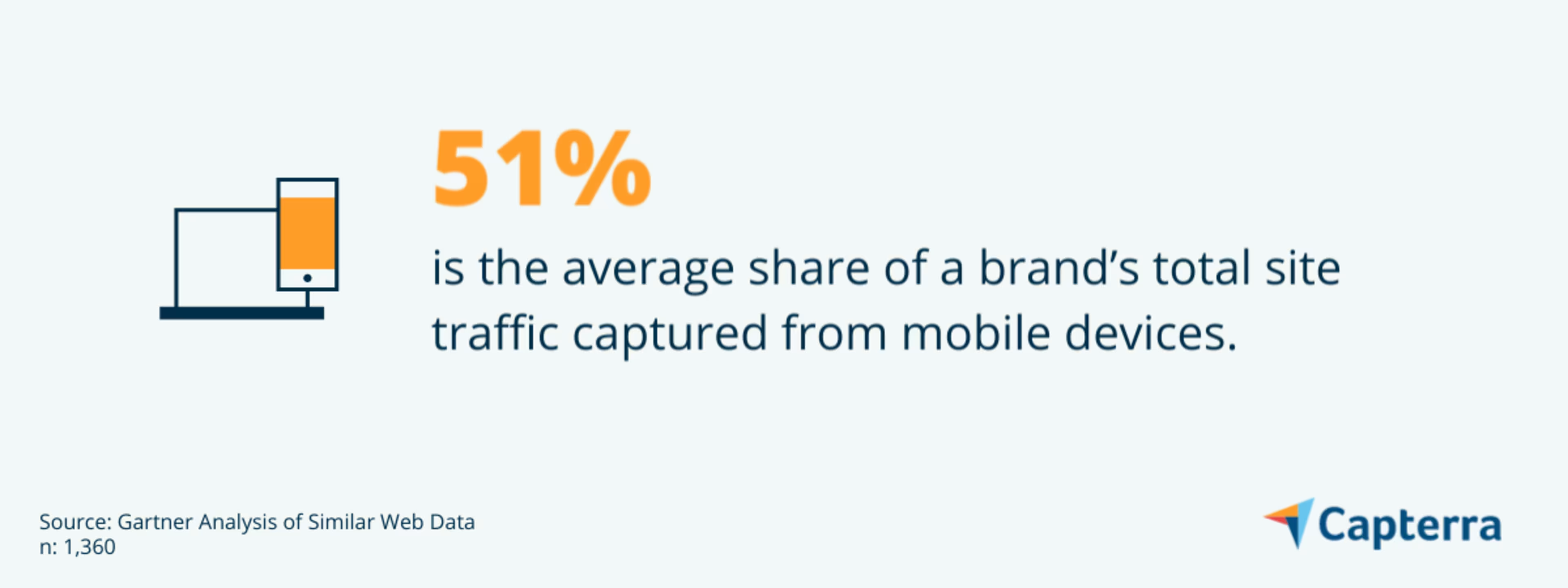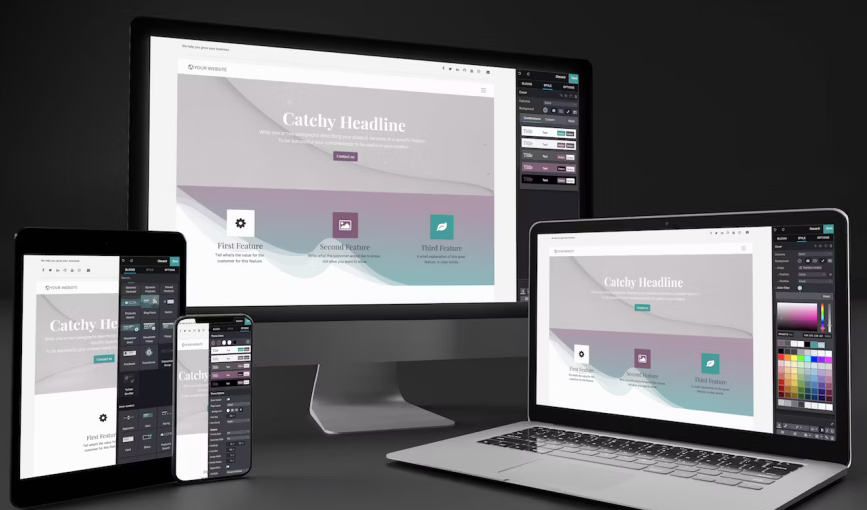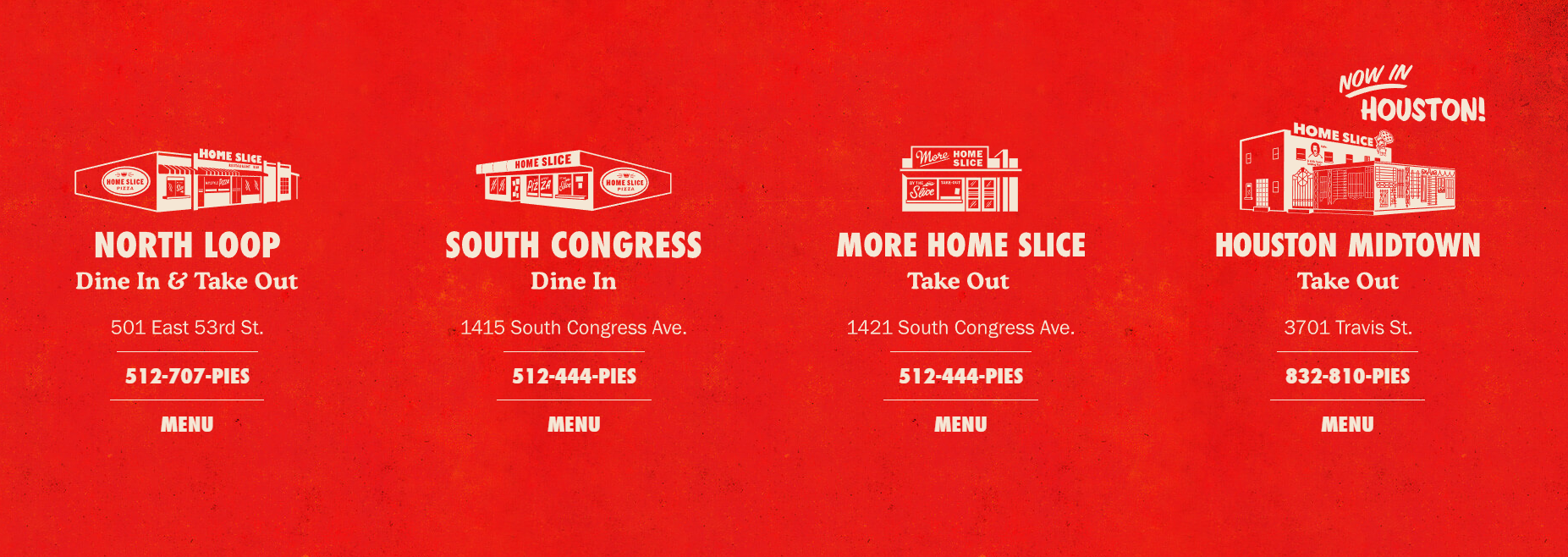Find people in your immediate vicinity who are ready to do business.
Nearly a quarter (24%) of SMBs identified attracting and retaining customers as the top challenge they face as a business.* If you’re a local business depending on visits to a physical location, the stakes are even higher since you can’t depend on the internet. Or can you?
With hyperlocal marketing, you can use online marketing tactics to reach potential customers in highly specific locations. Understanding the basics and utilizing a few key strategies will see your business grow its foot traffic substantially.
Below, we’ll show you some ways to do that with a list of effective strategies along with additional insights from local marketing professional, Delia May, a brand marketing and social media expert formerly of Torchy’s Tacos and Peet’s Coffee.

Delia May, brand marketing and social media manager
What is hyperlocal marketing?
Put simply: Hyperlocal marketing is the process of targeting customers in a specific geographic location. Beyond standard local marketing, hyperlocal tactics get even more specific by focusing on a much smaller radius, perhaps even just a few square blocks. This type of marketing is especially effective for businesses with a physical location that typically depends on foot traffic.
Why is hyperlocal marketing important for a small business?
Hyperlocal marketing is a unique opportunity for small businesses to attract customers who are already primed to make a purchase. If someone is searching “coffee shop near me,” it stands to reason they are in the area right now looking for a drink. The strategy also requires relatively minimal investment compared to broader campaign types since the audience is much smaller and the local search queries are more specific.
Hyperlocal marketing itself is also seeing steady growth. It’s estimated that hyperlocal marketing will experience a compound annual growth rate of 11.5% to become a $6.4 trillion industry by 2032.[1] This is due to several powerful growth factors, including consumer demand for convenience, increased personalization of marketing content, and the greater digital transformation that occurred in the marketplace following the COVID-19 pandemic.
Hyperlocal marketing strategies
Optimize your search presence
The first step in improving your hyperlocal marketing efforts is optimizing your Google My Business listing. You may be surprised to learn that not all businesses even have their business’ listing claimed i.e., they are not in full control of the information searchers see about them. Adding or claiming your business’ listing on Google is easy and allows you to share important information like your address, phone number, and store hours in real time.[2]
The second component comes with embracing tactics like geofencing. Geofencing uses tech like GPS, Wi-Fi, and cellular data to establish a virtual boundary around a real-life location. When a consumer enters that boundary, they may receive a push notification or promoted content when searching for a specific service. For May, the importance of being able to target customers based on a specific location can’t be overstated, and as you can imagine, this is a powerful tactic for businesses with a brick and mortar to attract people to.
Embrace multichannel marketing
Multichannel marketing is an integral piece of many modern marketing programs. Reaching customers on a variety of channels—social, email, web, and mobile—is becoming increasingly important as consumers have come to expect a consistent experience no matter where they find a brand online.
As a key component of mobile marketing, hyperlocal tactics fit right into this dynamic (particularly for businesses who depend on a physical location). This is due to the ubiquity of mobile devices and consumers’ desire to engage with businesses on the go. In fact, they’re particularly primed to engage with messages they receive on mobile as three quarters of consumers check their phones within five minutes of receiving a notification.[3]

Aside from the powerful tie-in with mobile, you can also lean on content marketing as part of your hyperlocal efforts.
If you produce written content, consider producing locally focused content that speaks to your business through the lens of what’s going on in your community.
You can also share local content on social media, posting things that are relevant to a specific area in an effort to reach people who are actually there.
Taking this a step further, you can add in email marketing to drive to your social accounts or the places where your written content lives (ideally your website to enhance traffic).
Create and promote localized content
Whether it’s content marketing, social posts, email newsletters, or something else entirely, creating and promoting localized content is a great idea for any business with a local presence. May also recommends altering your strategy around this tactic based on whether you have an existing presence in the area. If people know your brand, you can focus on engaging already-excited fans. If you’re brand new to the area, you’ll want to focus on building awareness and communicating more of who you are as a business.
This can also include promoting user-generated content (UGC) from members of your online community. As a small example from May, posting a photo on Instagram of a specific location and having users guess where it is stokes engagement and gives community members an opportunity to recognize a place that’s familiar to them.
Additionally, when someone posts about your business in a positive light they are already a fan, and amplifying that content only serves to further increase their loyalty. For May, this is an excellent way to reward (or create) brand evangelists and bond with a community.
Another example of localized content comes from seeking partnerships with local organizations. This type of community involvement could mean sponsoring a local event, creating a presence at a popular public location (like a pop-up), or partnering with local organizations to promote charitable causes or fundraisers. This is also a great way to get your team involved as members of the community—whether it’s for ideas on local events to become involved in or to ensure that your brand’s voice and tone is represented appropriately.
Optimize your website for mobile
Over half (51%) of the average brand’s website traffic comes from mobile devices, and that figure is likely to increase as time goes on.

There’s a variety of ways you can make your website more friendly to mobile users. To start, many web hosting companies offer automated tools to update your traditional website for optimal viewing on mobile devices. This is much easier than building a new site from the ground up (and more cost effective, too). You can also turn to dedicated website builder software if you need more features than are available from hosting companies, themselves.

An example of a website that has been optimized for both desktop and mobile viewing (Source)
If your mobile and desktop websites are currently siloed experiences, start with developing a responsive design, optimizing page speed, and compressing images.[4] For more mature businesses that already have mobile sites ingrained in their multichannel marketing efforts, adopting or optimizing data-driven marketing tactics is vital. This includes conducting A/B testing to improve content engagement or testing copy variants on web forms to gain more sign-ups.
Create separate microsites for each location
The final best practice we’ll discuss today is creating different landing pages or microsites for each of your business’ locations. These can all be housed on the same homepage, but it’s important to have a distinct page for separate locations, especially if information differs from location to location or online ordering is involved.
For May this comes down to what customers want from a modern site experience: “As a consumer, it is almost an expectation that people have. I think at minimum even just having that location page that lists all of them.”

An example of a well-crafted locations page from Home Slice Pizza[5]
Traditionally, many businesses have accomplished this by having separate social media profiles for each location. This can work well if you conduct a lot of customer service on social media, but this tactic is becoming more old-fashioned in favor of a mobile-optimized website with separate pages.
Hyperlocal marketing benefits and challenges
Benefits of hyperlocal
Easy to set up
Claiming your Google listing, updating your website to be accurate and mobile friendly, and becoming more involved in your local community are all clear and actionable steps towards effective hyperlocal marketing. Start with updating all your online business info to be as accurate as possible then go from there.
Smaller budgetary requirements
With hyperlocal marketing, you’re not competing for larger audiences scattered across the internet. You’re trying to reach a very small local audience that’s already ready to convert. This level of specificity means less competition and less dollars spent.
Simple to measure performance
The goal of hyperlocal marketing is to get more foot traffic in the door. It’s plain to see if you’re accomplishing this once you launch a hyperlocal campaign, and you can even build in ways to determine if your new tactics are the activities yielding results. For example, if you utilize a loyalty program, tracking an offer that’s been accepted and later redeemed is valuable info.
Develops repeat business
If you’re able to reach someone in your area that then comes in to make a purchase, you have a golden opportunity to impress them with your service and have them come back again. They’ve already found you and purchased from you which means most of the hard work has been done!
Challenges of hyperlocal
Smaller audience to reach
While there is less competition for ad spend in the local marketplace, it can prove to be a challenge reaching a smaller and more specific audience. This just means it’s even more important to focus on the proper channels, types of content, and your target audience in order to effectively engage them.
Need to be more specific and personalized with content
With a smaller audience comes the need for greater personalization of content. Being inundated with so many marketing communications on a daily basis, consumers are willing to ignore or even stop doing business with brands that send them irrelevant messages.[6] When promoting hyperlocal content, ensure that it is specific to the customer, relevant, and most of all useful.
Lack of personnel or expertise to manage efforts
Successfully engaging in any sort of new marketing effort requires time and expertise to manage. You may or may not have someone on hand to give this tactic the time and attention it needs to flourish. If you don’t, you have the option to upskill/reskill your employees or take the lead of the 17% of business owners who have hired outside marketing help.*
If this is the case for you, hiring a digital marketing agency to help is an excellent option. Whether you need short-term assistance to get your program up and running or a long-term partnership to structure your big-picture strategy, it’s possible to seek out an appropriate level of service for your needs and budget.
For all the info you need to make the most-informed decision about your service provider relationship, visit Capterra’s Digital Marketing Services Hiring Guide to learn about the types of services offered, potential costs, and more.
Are you ready to embrace hyperlocal marketing?
If you’re a local business with a brick and mortar location, it might be time to embrace hyperlocal marketing. Your current growth stage and the technology you have available will dictate the best first steps for you to take. Between loyalty programs, SMS marketing, or more general mobile marketing platforms, you have a lot of options to consider. However, you will need the help of a tool to get your hyperlocal efforts off the ground.
Start by assessing the software you already have since some marketing platforms offer powerful integrations that make it unnecessary to buy a whole new tool. Seek to identify what your current stack does well and where it could improve then make a plan to fill in those gaps in both the short and long term.
You might have a clear cut option like embracing a customer loyalty program to start, but—if not—a general mobile marketing platform is a safe bet as it offers a wide breadth of functionality that will be a boon to more than just your hyperlocal tactics.
Eager to learn more? Keep your eye on the Capterra blog for new marketing content all the time, and start with these helpful resources:
